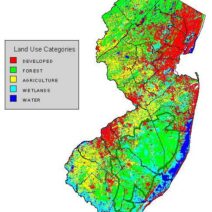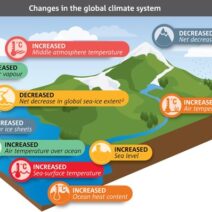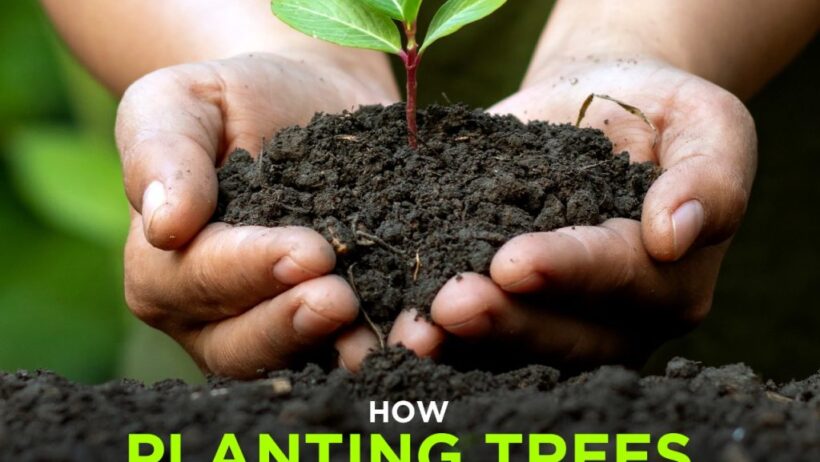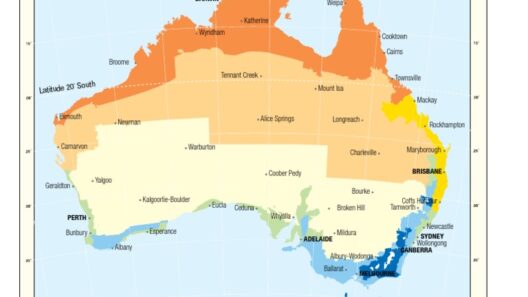As climate change continues to wreak havoc on our planet, the notion of tree-planting as a panacea has garnered substantial attention. With mounting data suggesting that deforestation and habitat loss are pivotal drivers of climate change, a playful question arises: Can we conveniently absolve ourselves of our ecological sins simply by planting trees? While the idea holds an allure of simplicity, it is essential that we delve into the complexities surrounding this green solution and scrutinize its efficacy in steering the ship away from the precipice of disaster.
At the crux of any discourse regarding tree-planting as a climate solution lies an appreciation of the fundamental processes that occur within forest ecosystems. Trees sequester carbon dioxide (CO2) through photosynthesis, a dichotomy where they absorb CO2 and, in turn, release oxygen. This critical function positions trees as natural allies in mitigating greenhouse gas emissions. According to proponents, restoring forest landscapes through afforestation and reforestation can theoretically absorb billions of tons of atmospheric CO2, thus contributing to global climate targets. Yet, one must ponder, is this enough?
The scale of tree-planting initiatives can sometimes evoke grandeur; however, the reality is nuanced. Research indicates that while trees are undoubtedly vital in combating climate change, the scale of required intervention is monumental. Estimates suggest that to limit global warming to 1.5°C above pre-industrial levels, approximately 1 trillion trees would need to be planted globally—a feat that necessitates not only substantial political will but also significant financial resources and societal commitment.
Moreover, the quality of the trees planted is paramount. Planting non-native species or engaging in monoculture practices can disrupt local ecosystems, leading to unforeseen ecological consequences. For tree-planting to be genuinely effective, it must be approached with a comprehensive understanding of the local biodiversity, soil types, and climatic conditions. A mere numbers game can inadvertently contribute to further environmental degradation instead of fostering resilience. Thus, the challenge becomes evident: can we prioritize ecological integrity while engaging in large-scale tree-planting efforts?
Another layer of complexity emerges when considering the temporal dynamics of tree growth. Trees require decades to mature, and while they absorb carbon over their lifetimes, the immediate need for climate mitigation is pressing. This delay poses a significant challenge. In climate talks and policy-making, the often-cited idea of “nature-based solutions” does not translate into instant relief from our climate crisis. Can society afford to wait decades for trees to fulfill their carbon sequestration potential while simultaneously grappling with more immediate and stringent emission targets?
The scientific community also highlights that tree-planting is not a standalone solution; it must coexist with broader strategies aimed at reducing fossil fuel reliance and enhancing energy efficiency. Merely displacing carbon emissions through tree-planting, without addressing the root causes, such as overconsumption and waste, may furnish a misleading sense of accomplishment. This compels a rigorous interrogation: should tree-planting be heralded as the primary strategy to address climate change, or should it be one cog in a larger, multifaceted toolbox of environmental preservation?
Additionally, the socio-economic implications of tree-planting initiatives cannot be overlooked. Displacement of communities, particularly in regions where land is privately owned or contested, can arise from large-scale reforestation efforts. The social fabric of communities must be respected, and local voices must be amplified in discussions regarding land use. Can tree-planting initiatives genuinely reflect the values of equity and inclusivity? A nuanced dialogue is warranted here, as community involvement is imperative to ensure that the benefits of these initiatives accrue to those who inhabit the landscapes being restored.
Furthermore, climate adaptation responses necessitate a degree of agility that tree growth may lack. As climate patterns shift, the geographical viability of certain tree species may diminish, thereby raising questions about long-term sustainability. Can we anticipate how climate-induced changes will affect forest ecosystems? Are we prepared for the possibility that the trees planted today may not flourish in the tomorrow we inadvertently create?
On a positive note, innovations in agroforestry and land management provide avenues through which communities can synergize production and conservation. Integrating trees into agricultural landscapes not only enhances biodiversity but can also enrich soil health, improve water retention, and increase resilience against climate extremes. Pursuing a collaborative approach that recognizes the interdependencies between climate solutions fosters a more nuanced and sustainable path forward.
Ultimately, the question remains: can tree-planting save the climate? While it represents a beacon of hope in our struggle against climate change, it is not an all-encompassing solution. Embracing a holistic approach—one that incorporates emissions reduction, ecological stewardship, and community involvement—will render our efforts far more efficacious. As we embark upon this critical journey, we must be prepared to grapple with the inherent complexities that tree-planting brings forth. Only then can we create a trajectory towards a sustainable future, wherein trees are not just a measure of our commitment but an integral part of a vastly interconnected ecosystem.







